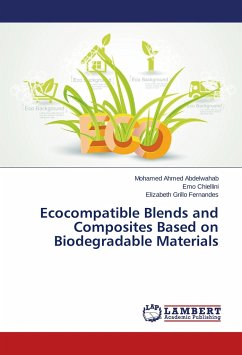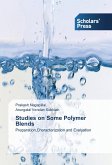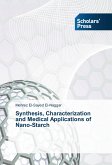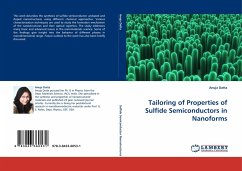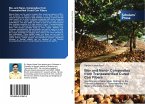Starch has the advantage of being biodegradable and agriculture based renewable resource that can be converted into a thermoplastic material with or without any additive. Lignin and its derivatives are good candidates for reducing the water sensitivity of starch based materials. Electron beam radiation has been proposed as an efficient method for modifying the starch lignin blends and creating covalent linkages between the two constituents for improved blend stability. The blends were analyzed using SEC, NMR, and MALDI-TOF for placing in evidence the phenomenon of radiation-induced grafting to compete with chain scission in presence of the aromatic additives. The quantification of the radiochemical yields of scission G(s) and crosslinking G(x) were carried out using the blends of pullulan polysaccharide as a function of varying amounts of aromatic additive in the blend. The methods of calculation exploited here are based on the study of radiation-induced molecular mass changes before the formation of gel as proposed by Saito and the quantification of sol-gel content for formulations resulting in gel as proposed by the Charlesby-Pinner method.


